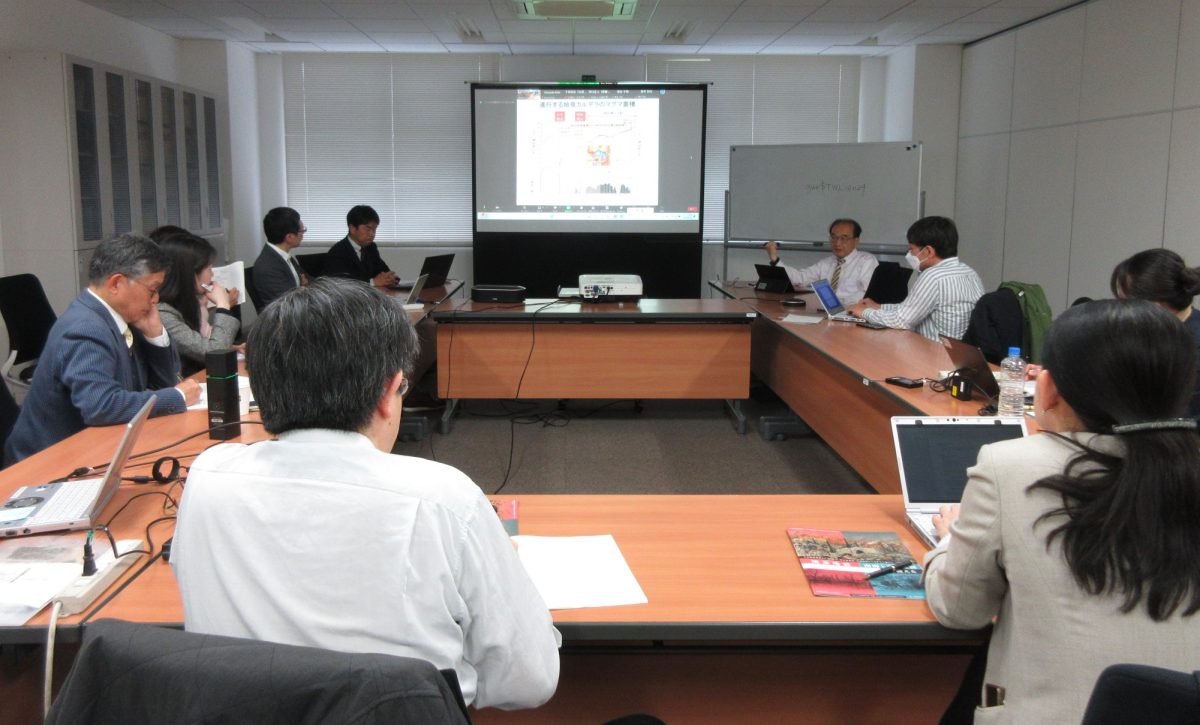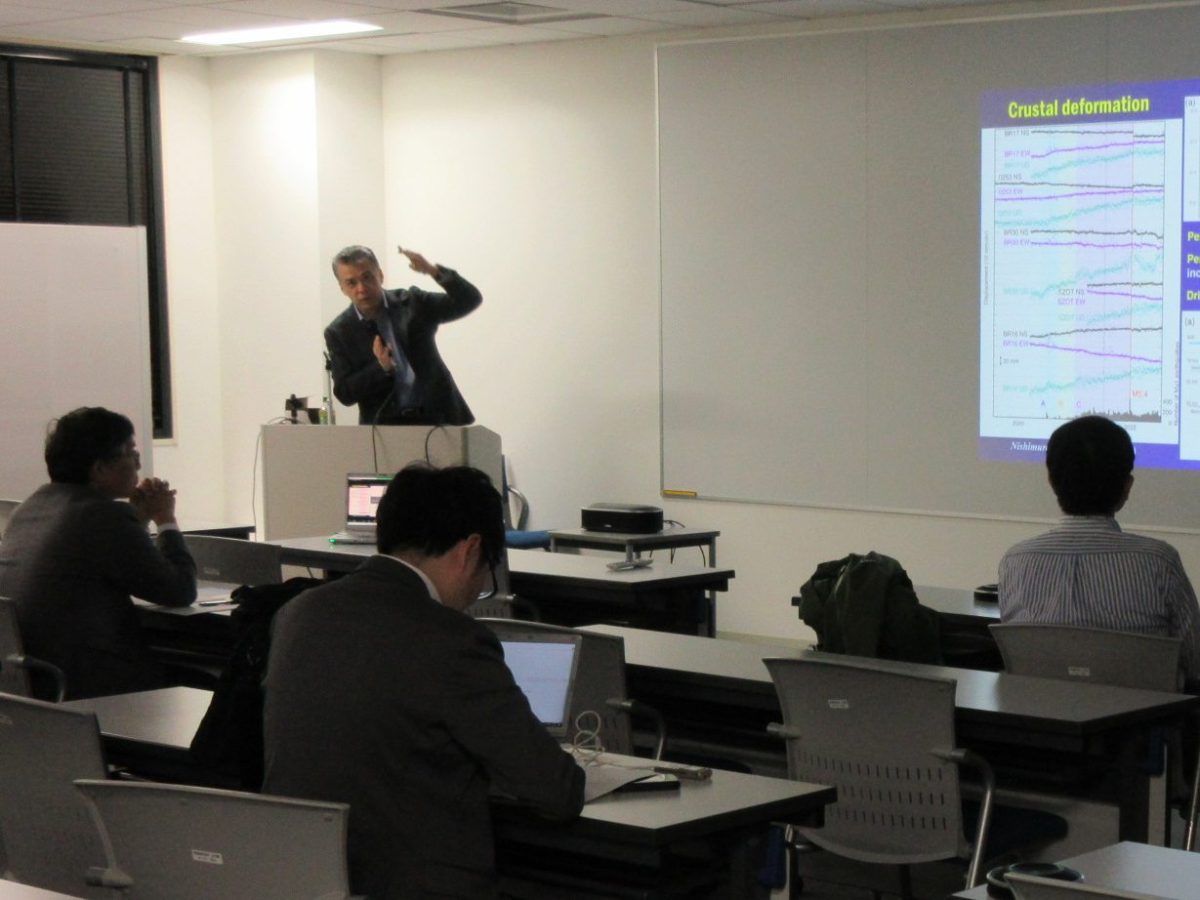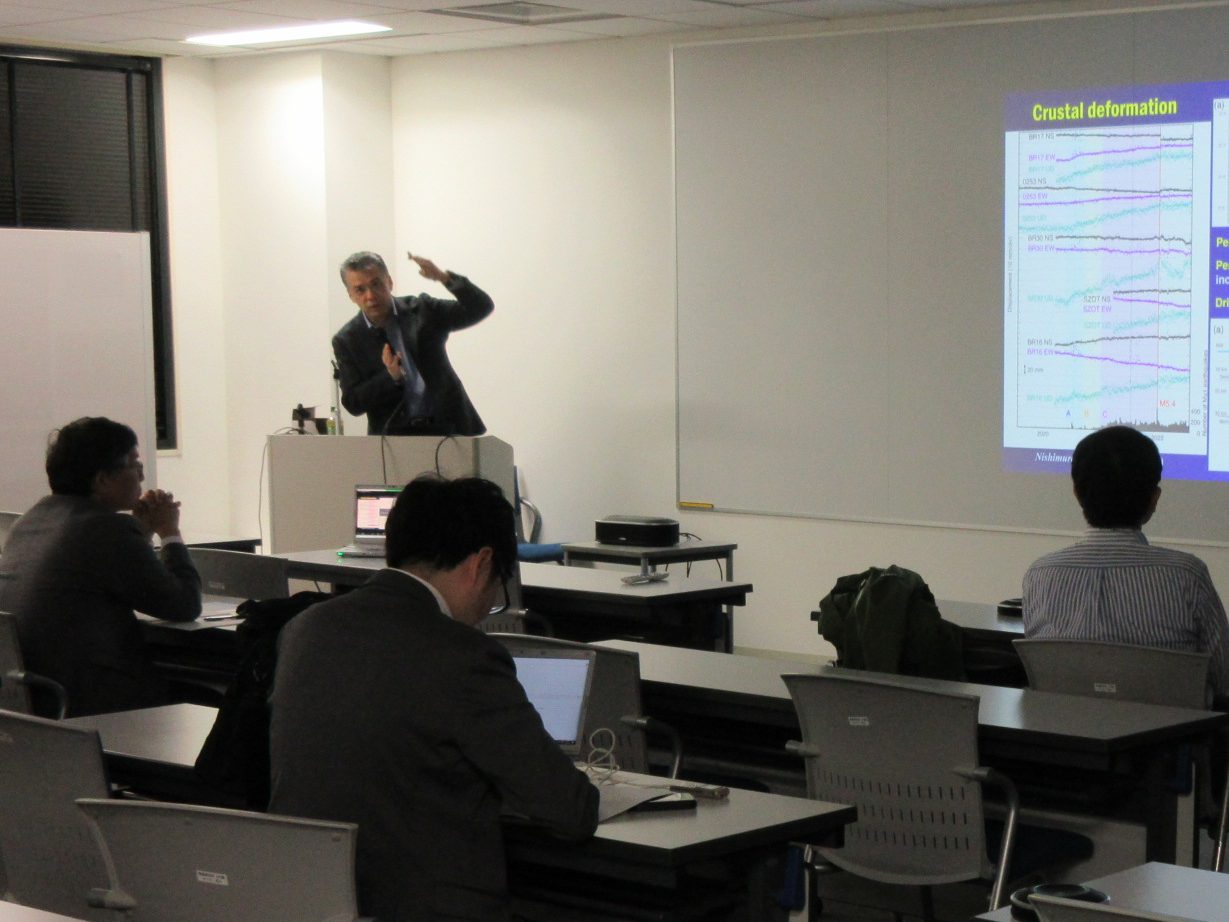Title: Resolving the scattering and intrinsic attenuation structure of Southern California
Abstract:
Characterizing scattering and absorbing properties and the power spectrum of crustal heterogeneity is a fundamental problem for informing strong ground motion estimates at high frequencies, where scattering and attenuation effects are critical. We perform a comprehensive study of local earthquake coda waves in Southern California to constrain scattering and intrinsic attenuation structures. We analyze data from 1195 spatially distributed earthquakes from 1981 to 2013 at source depths of 10 to 15 km and epicentral distances from 0 to 250 km with magnitudes larger than 1.8. We stack envelope functions from 28,127 vertical component and 27,521 transverse component seismograms, filtered from 2 to 4 Hz. We model these observations using a particle-based Monte Carlo algorithm that includes intrinsic attenuation as well as both P and S wave scattering and both single and multiple scattering events. We find that spatially averaged coda wave behavior for Southern California can be explained only with models containing an increase in scattering strength and intrinsic attenuation within the uppermost crust, i.e., they are poorly fit with half-space models of constant scattering strength. A reasonable fit to our data is obtained with a two-layer model, composed of a shallow crustal layer with strong wide-angle scattering and high P and S intrinsic attenuation and a deeper layer with weaker scattering and lower intrinsic attenuation (top 5.5 km: αQf=250, βQf=125, heterogeneity correlation length a = 50 m, fractional velocity heterogeneity ε = 0.4; lower crust: αQf=900, βQf=400, a = 2 km, ε = 0.05).




